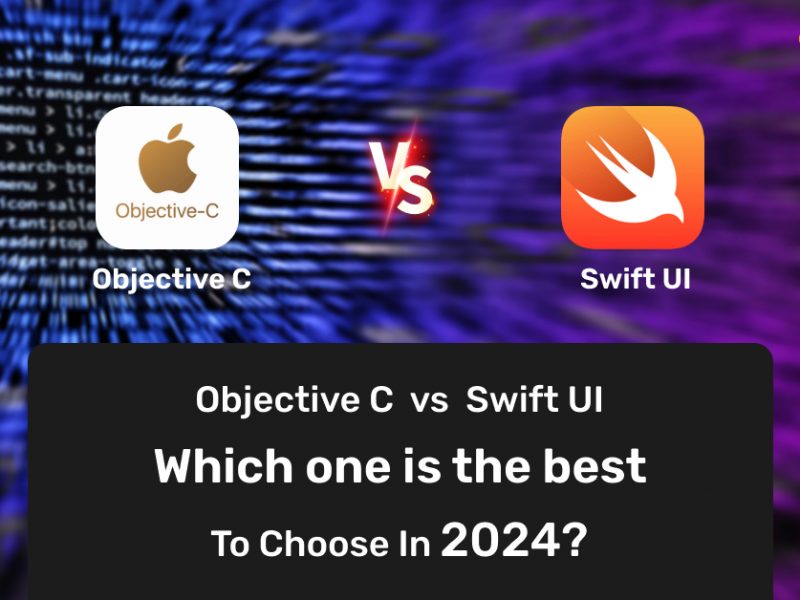Last updated on October 12th, 2023 at 06:25 am
A well-designed database management system is essential for every business. The success of your organization depends on finding a well-organized, effective system like enterprise mobile app development that allows your employees to easily accomplish data-related duties.
Many tools, frameworks, and platforms exist to assist your organization in managing its data, and picking the perfect one for your company can be difficult. We polled the Forbes Technology Council to find out which database management frameworks and tools they use most frequently.
It is essential for any custom software development to have a database. All kinds of software applications, including Web, Enterprise, Embedded Systems, Real-Time Systems, AI/ML/HPC/Blockchain/IoT, and many others, require one or more databases.
Microservices, cloud computing, distributed SaaS application development and global scalability have led to an increase in the use of NoSQL databases in place of traditional SQL databases. Cloud and NewSQL databases.
Cloud computing, distributed applications, and worldwide scalability have led to the increased adoption of NoSQL databases as an alternative to SQL. NewSQL and cloud databases.
Following is the List of Some Popular Database Management Systems
1. Oracle


This isn’t a surprise at all. Oracle is one of the world’s most recognizable firms in the database industry. There are a few factors to keep in mind when using a database management system: Powerful, but also a little difficult, it’s the best of both worlds New users must be trained to get the most out of the product.
On the cloud revolution, Oracle is also a part of the group with Oracle’s 12c version, cloud-based database management is now possible for the enterprise software development solutions.
Features:
- The RDBMS is proprietary.
- An ACID transaction guarantee is provided. It provides instant Consistency as a Single Server in terms of CAP.
2. SQL Server by Microsoft


Microsoft’s database management system (DBMS) is one of the most used. Then again, it’s one of the most widely used ones. With the release of Server 2016, Server 2008, 2012, and 2014 are still used.
When it comes to the most popular database management systems (DBMS), Microsoft’s DBMS—which offers native BI tools and connectivity to popular Microsoft services like Excel, Word, and SharePoint—earned its top spot.
Features:
- Proprietary RDBMS with various licenses, such as Developer and Express (free), Standard, and Enterprise (commercial).
- An ACID transaction guarantee is provided. It provides instant Consistency as a Single Server in terms of CAP.
3. MySql
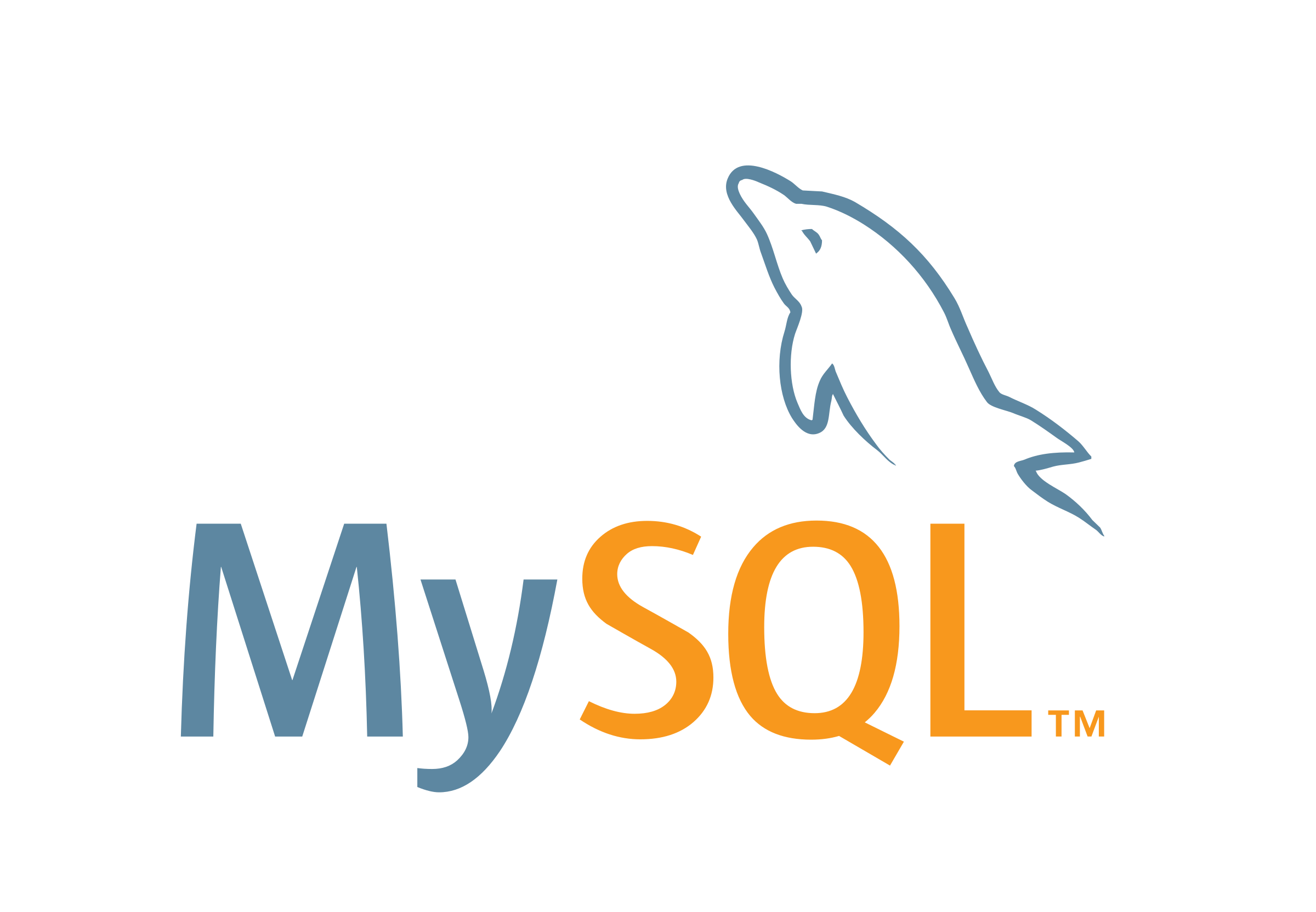

For web-based business applications, especially those that use dynamic content or run e-commerce sites, open-source MySQL is the database management system of choice.
Among the tech organizations that use this database management program are Facebook, Google, and Adobe. Even though the project is currently under Oracle’s umbrella, it is still an open-source resource.
Features:
- Community Server is a free open source RDBMS, while Enterprise Server is a paid, proprietary version.
- Provides a transactional guarantee for ACID transactions (with InnoDB engine). When it comes to Consistency, CAP is immediately available.
4. PostgreSQL
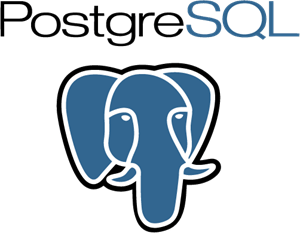

Online gaming apps, database automation tools, and domain registries all benefit from PostgreSQL, an object-relational database management system that is free and open-source. In addition to being 25 years old, PostgreSQL boasts an active and engaged community. All of these operating systems can run it.
Features:
- An open-source RDMBS with a fairly permissive license for PostgreSQL. PostgreSQL has a wide range of extensions that offer additional functionality.
- An ACID transaction guarantee is provided. It provides instant Consistency as a Single Server in terms of CAP.
5. Microsoft Access
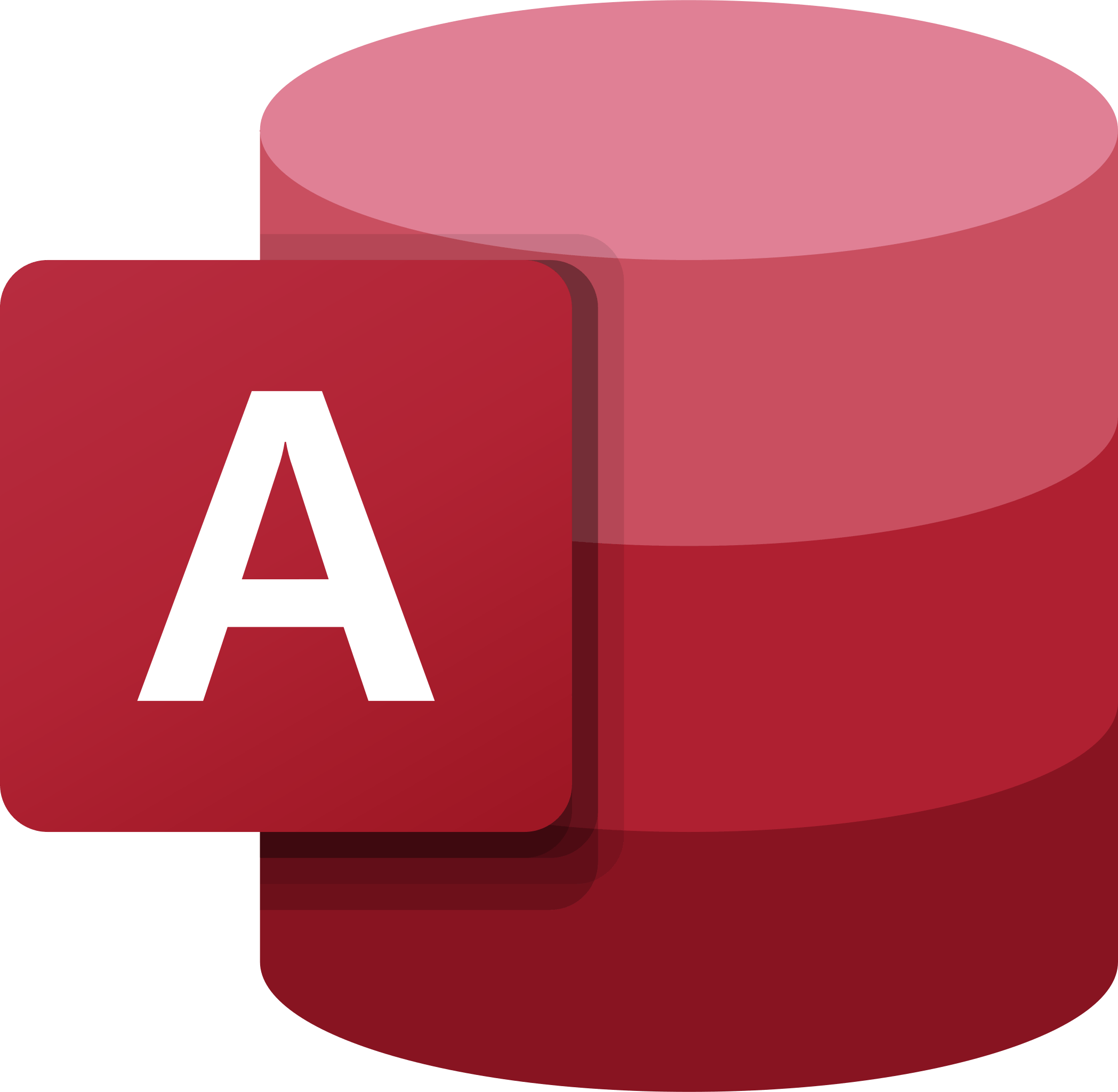

In the same way that SQL Server is a “lighter” version of itself, so too is SQL Server Express (SSE). E-commerce and content management systems are adopting this desktop database application in a hurry. In comparison to SQL, which is included in the Microsoft Office Suite, Access is easier to get started with and has a smaller feature set.
Features:
- Suitable for both individuals and small groups.
- Easier to understand and use than a client-server database.
6. Teradata


The Teradata VLDB (very large database) system can handle vast amounts of data. The first terabyte database for Wal-Mart was constructed by Teradata, which has 25 years of experience in developing warehouse systems.
Teradata 15.10 is a fantastic solution for companies today looking to handle enormous volumes of big data, business intelligence, and the Internet of Things (IoT).
Features:
- Large amounts of data may be processed quickly and efficiently by Teradata because of its MPP architecture (Massively Parallel Processing). As a result, the pressure is reduced and the task is accomplished in a short period of time.
- Both mainframe and networked systems can be connected to Teradata. SQL can be used to interact with the tables’ data. Also, it comes with its own add-on feature.
7. IBM DB2
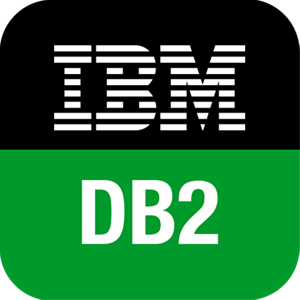

Top of the list is, as expected, the IBM DB2 Universal Database – Enterprise Server Edition (UDB – Server Edition). There are many global companies that use the DB2’s high load, high availability design to improve database performance and reduce expenses.
Features:
- An ACID transactional guarantee is provided by the proprietary RDBMS Db2. Community (free), Standard, and Advanced licenses are available (commercial).
- Multi-model database that supports structured (SQL), semi-structured (JSON), and graphical data.
8. Informix
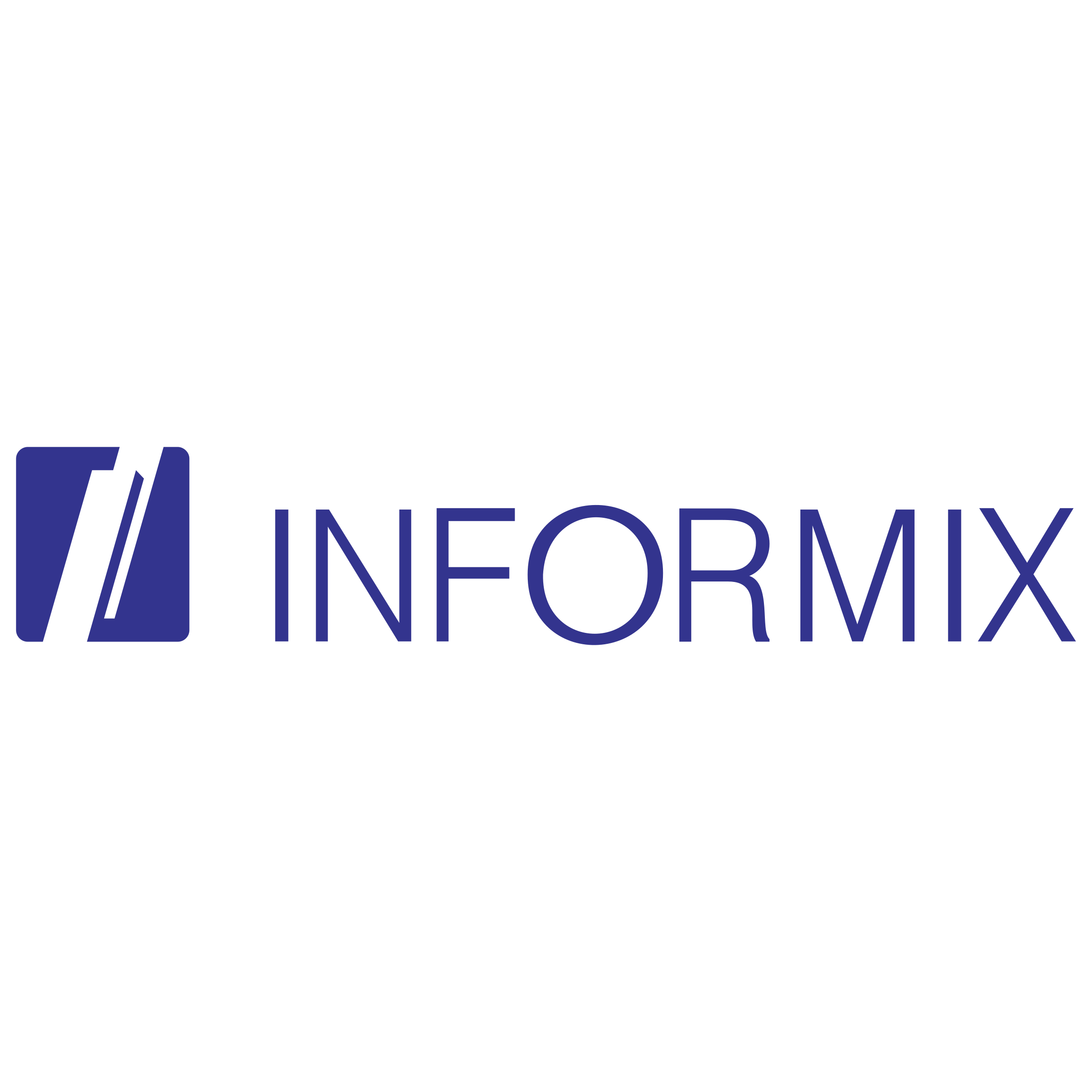

Informix, a database management system developed by IBM, is widely used in educational institutions. The software has been labeled an “intelligent database” because of its ability to interact well with SQL, JSON, and spatial data.
Features:
- An all-in-one solution from Informix enables fast analytics-driven insights from transactional workloads in a variety of contexts.
- Informix provides high-availability data replication (HADR), remote secondary standby databases, and shared-disk secondary servers to support mission-critical settings. Rolling updates are possible thanks to the flexible grid.
9. SAP ASE


SAP’s Adaptive Server Enterprise is designed to handle thousands of concurrent users in high-performance, transaction-based applications like those used in banking and finance.
Features:
- Normalization is a design feature of relational databases that eliminates data redundancy. To lessen the risk of data errors, normalization reduces the amount of information duplication and ensures that all copies of the same information are synchronized.
- Export and import options for relational databases are simple, and backups may even be produced while the database is active, making recovery simple in the event of a failure. Data loss can be restored in a matter of seconds or less using cloud-based relational databases.
10. Amazon’s SimpleDB
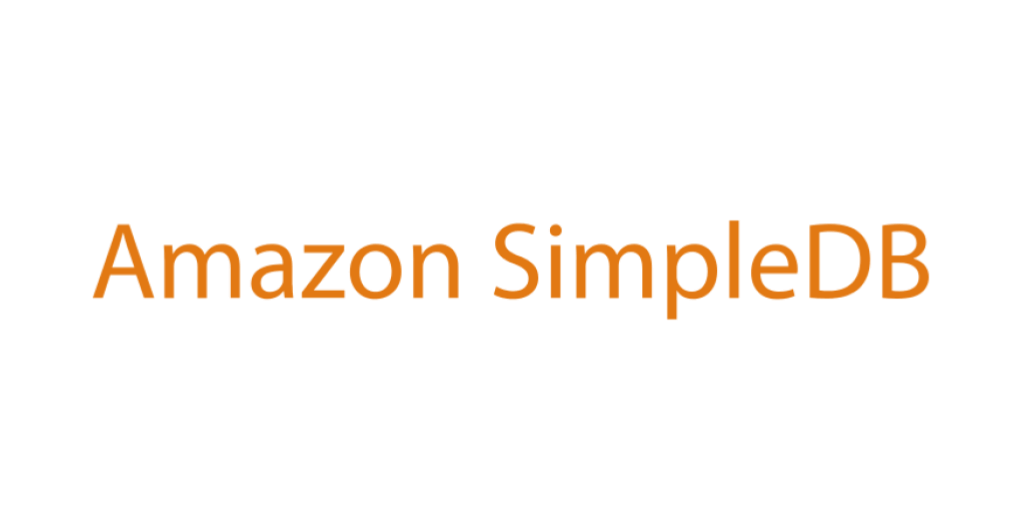

Who needs a database management system in order to begin? Web service requests can be used to store and query data items, as well as to interface with the cloud, using Amazon’s web services.
Features:
- In addition, it allows for the creation of new attributes without preset data formats
- Allows for the development of new domains to handle an increase in the volume of data.
Conclusion
We’ve compiled a list of ten databases that will be useful in 2022. The list is dominated by RDBMS systems. In terms of open-source and free databases, the leaders are MySQL and PostgreSQL, followed by MS SQL. MariaDB, a MySQL-compatible database, is gaining in popularity across enterprise mobile app development.
Oracle has taken a major stride toward the future with its newest version, which includes a slew of new capabilities. Despite the fact that IBM Db2 is still widely used in major businesses, its use in enterprise software development solutions is expected to reduce over the next years.
MongoDB, Redis, Cassandra, and Elasticsearch are the most popular NoSQL databases in their respective niches, according to a recent survey of NoSQL database users.
NewSQL databases and Cloud-Native Databases were not included in the top ten, although they are still major database formats. The top databases of 2022 will, however, be summarized in a high-level summary.



Naveen Khanna is the CEO of eBizneeds, a company renowned for its bespoke web and mobile app development. By delivering high-end modern solutions all over the globe, Naveen takes pleasure in sharing his rich experiences and views on emerging technological trends. He has worked in many domains, from education, entertainment, banking, manufacturing, healthcare, and real estate, sharing rich experience in delivering innovative solutions.




